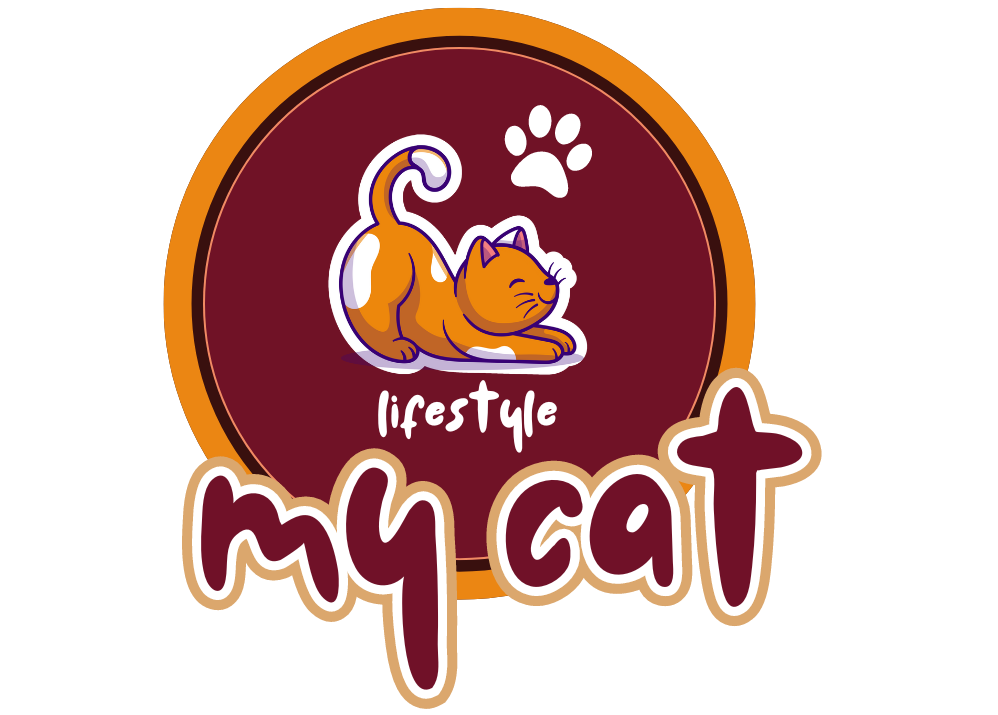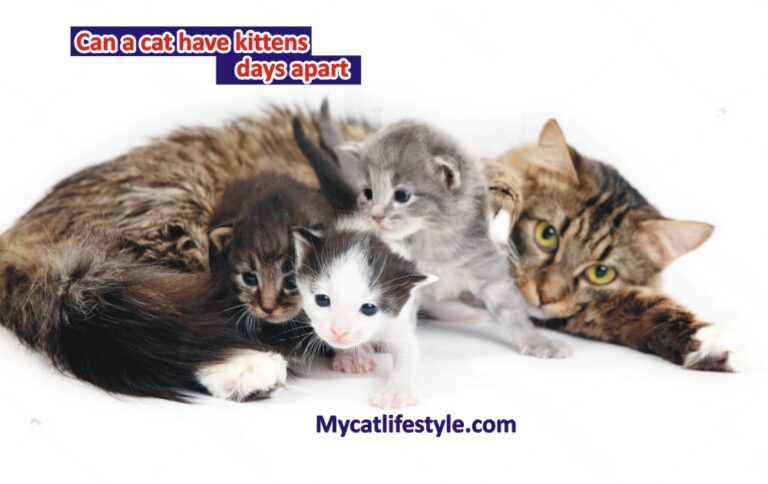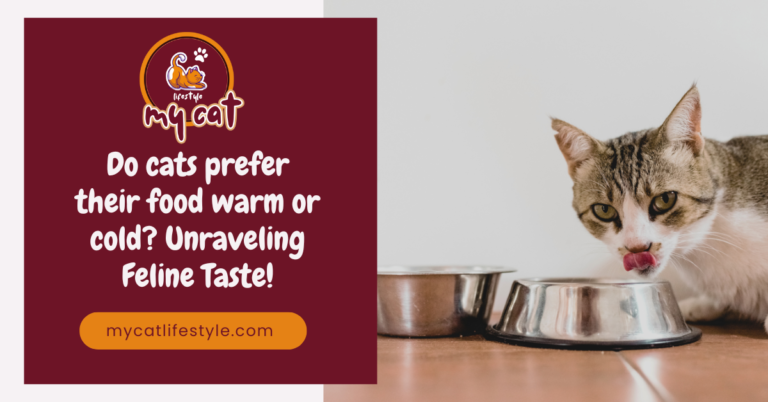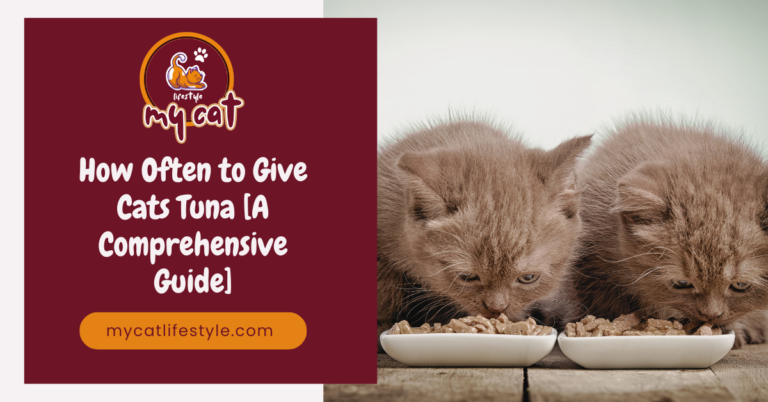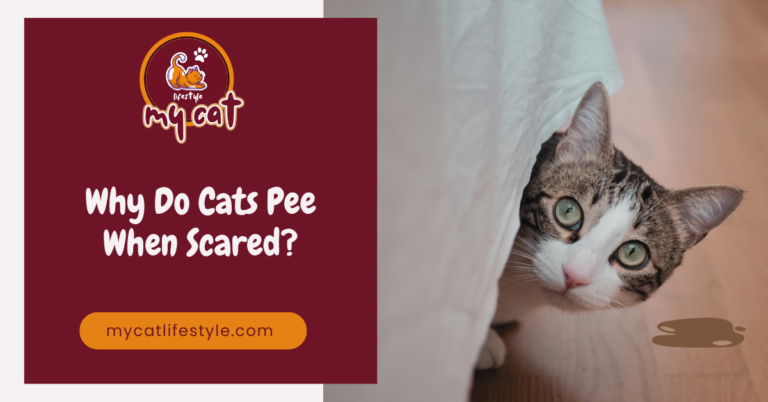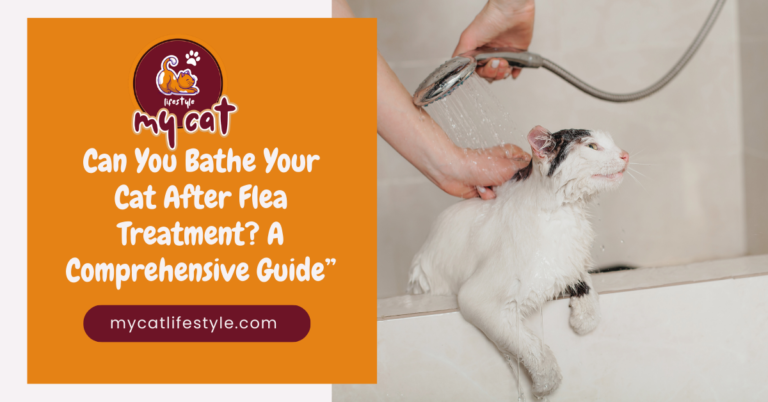How to tell if a mother cat is producing milk
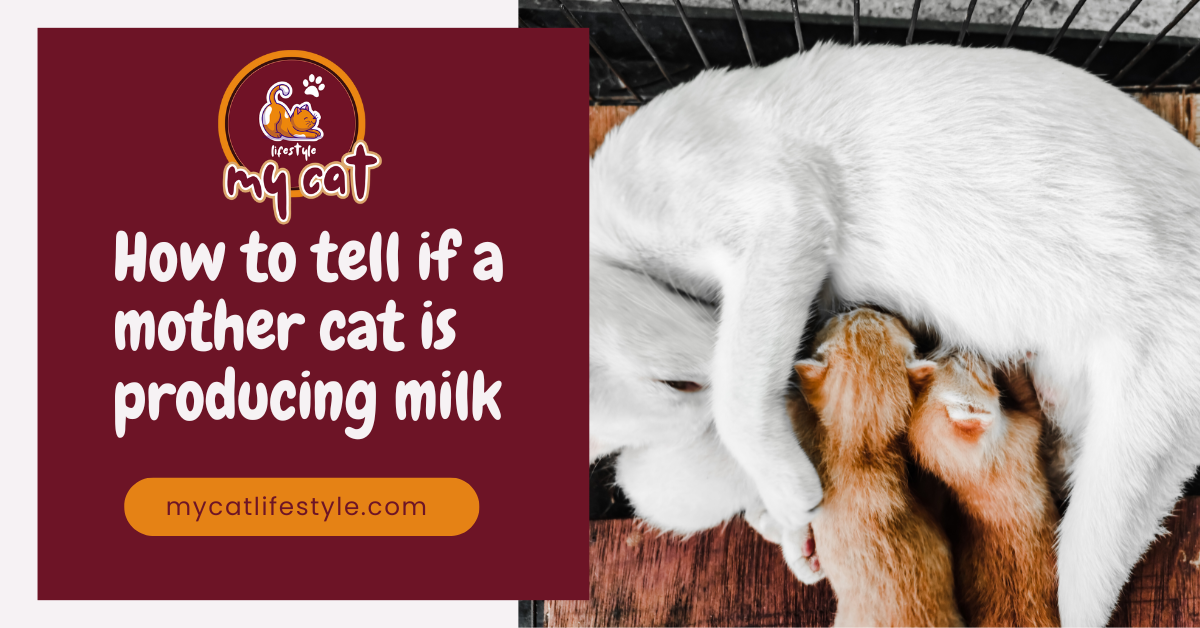
Having kittens is heartwarming, yet it’s feeling concerned about their well being is completely normal. One critical aspect is whether the mother cat is producing enough milk. This is vital for the kittens’ growth and overall health. Without proper nutrition, newborns can face serious risks. Ensuring that the mother cat is lactating properly is crucial for the survival of her young.
How to tell if a mother cat is producing milk
Watching a mother cat with her kittens is one of the sweetest sights. But worrying about whether the little ones are getting enough milk is normal. You want to make sure they’re healthy and have full bellies. How can you tell if they’re getting enough milk and are doing well? Here are some signs to look out for.
Kittens Stay On Nipple
Watching the kittens is one way to tell if the mother cat produces milk. If they spend a lot of time latched onto her, it’s a good sign. Like human babies, kittens mostly nurse and sleep. They might nurse up to 45 minutes and spend around 8 hours daily. If the mother isn’t producing milk, the kittens will quickly lose interest in nursing.
Kittens Suckling
You can tell kittens are suckling by watching their mouths and tongues move, much like a cat drinking milk from a saucer. You might also notice their ears twitch in rhythm with their tongues.
Kneading and Purring
Kittens knead their mother while they nurse, which helps the milk flow. This kneading behavior can continue into adulthood, especially when cats feel content and safe. Purring during nursing is another sign that kittens are feeding well and are content.
Content Sleepy Kittens
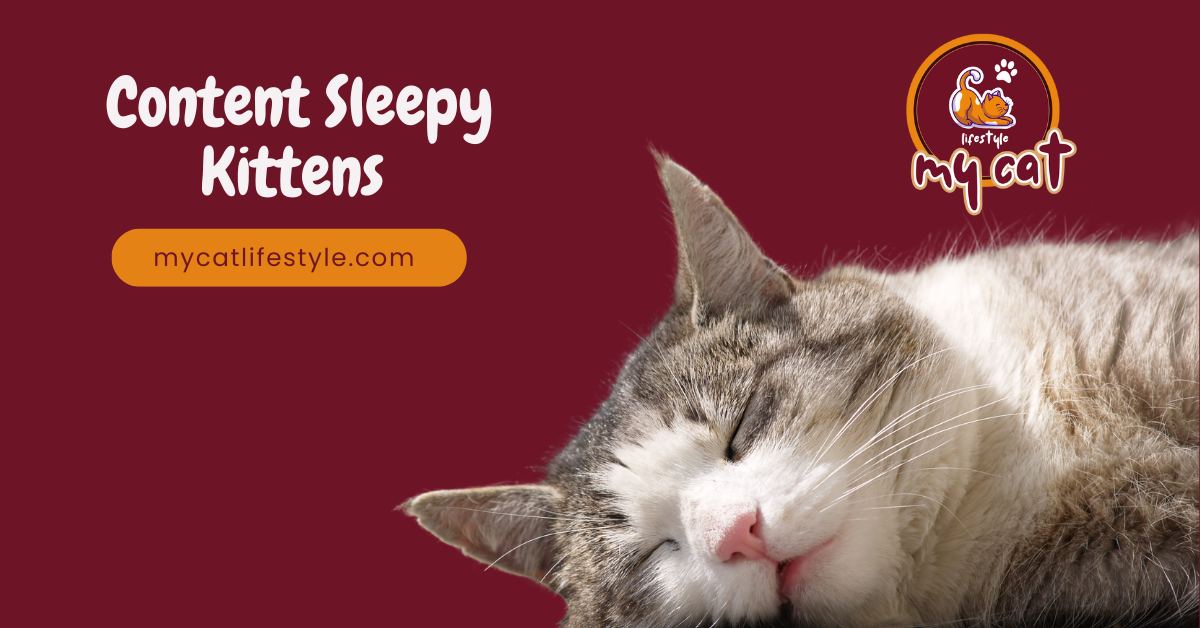
A simple cycle – eat, get full, sleep – is common in babies, including kittens. If kittens seem restless or cry after nursing, they may not get enough milk. However, a content kitten will typically fall asleep shortly after feeding.
Full Bellies
After feeding, kittens’ bellies should be visibly full and feel slightly tight, indicating they’ve had enough milk. The mother might not produce enough milk if their bellies aren’t full.
Weight Gain
Healthy kittens should gain about 7-10 grams daily or about 1.75-3.5 ounces weekly. A steady weight gain is crucial. You might consider using a small scale to keep track of their growth, especially if there’s a smaller “runt” in the litter who might be getting less food due to sibling competition.
Nipples
A nursing mother’s nipples will usually be larger and pinker, a change that starts during pregnancy. Sometimes, you can see milk on the kittens’ mouths or near the nipples. Even if you don’t see milk, as long as the kittens show other signs of feeding, there’s likely no need to worry.
What if the mother cat has no milk?
If a mother cat cannot produce milk, feeding the kittens artificially is crucial. Without milk, kittens quickly become dehydrated and malnourished, and they can survive only about 12 hours before their condition becomes critical.
No Milk
Sometimes, a mother cat might not produce milk due to illness, stress, or hormonal imbalances. If there’s no swelling around her nipples and the kittens show little interest in suckling, these are signs she may not be lactating. The kittens may meow excessively and appear restless because they are hungry.
Insufficient Milk
Even if a mother cat produces milk, she might not have enough to feed all her kittens, especially if she has a large litter. Signs of insufficient milk production include kittens that seem hungry after feeding and may knead at the nipple more aggressively to stimulate more milk flow. They might gain some weight, but not as much as they should. The smaller kittens may grow slower than their larger siblings due to less access to milk.
Litter Rejection
Sometimes, the issue is about something other than milk quantity. A mother might refuse to nurse or care for her kittens, a situation known as litter rejection. She might ignore, avoid, or act aggressively towards her kittens. Occasionally, a mother cat rejects only the sick or weaker kittens, focusing her care on those more likely to survive.
Feeding Kittens
Caring for kittens is demanding, particularly when the mother cat is not lactating or is unwilling to nurse. In such cases, you must ensure they receive the proper nutrition.
You can purchase bottles designed for kittens at pet supply stores, or your veterinarian may have them available. Avoid using bottles for human infants, as these are typically too large for kittens.
For the first two weeks of life, newborn kittens must be fed every 2-3 hours, day and night. This requires continuous effort, so get help managing the feeding schedule effectively.
Starting from 2-3 weeks of age, the feeding intervals can be extended to every 4-6 hours. This is also the time to start introducing solid foods. Initially, mix some formula with wet food to make the transition smoother. Continue this routine until the kittens consistently accept and eat small amounts of solid food.
Continue to bottle feed the kittens 2-3 times daily until they consume sufficient solid food to fulfill their dietary needs.
If the mother cat produces insufficient milk, supplemental feeding is crucial. Younger kittens may require 2-3 feedings daily, while older kittens might need only 1-2. This is particularly important in large litters, where supplemental feeding ensures all kittens have enough to eat.
What to Feed Kittens
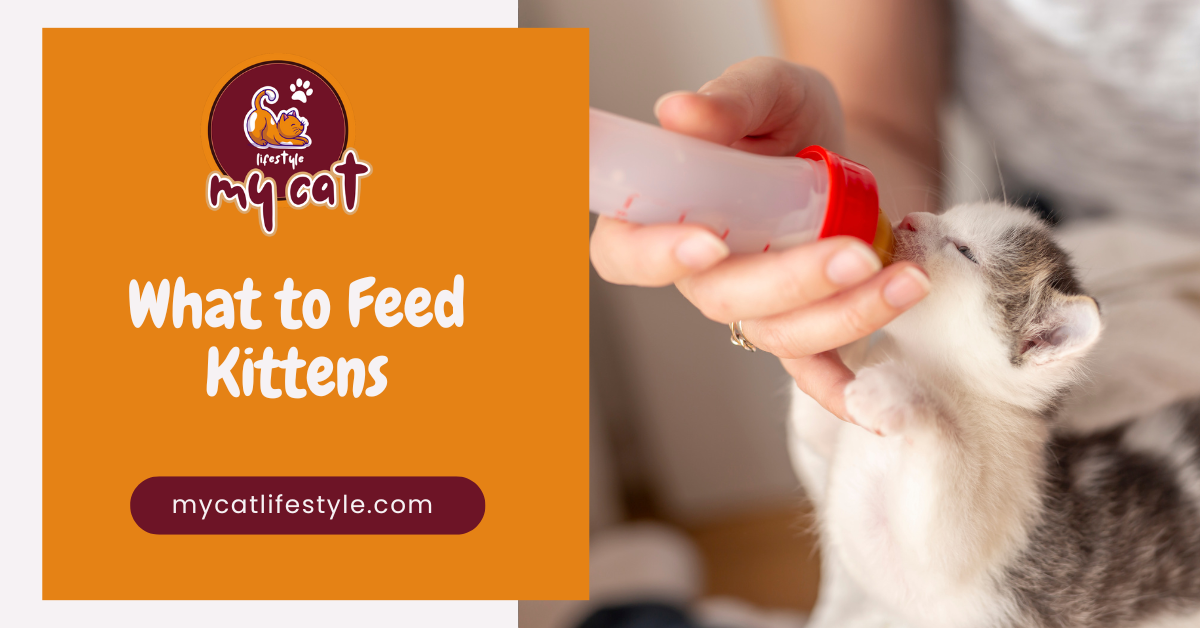
You can prepare several homemade options when feeding kittens if commercial kitten formula isn’t immediately available. Here are three recipes to consider:
First Recipe: Combine one can of evaporated milk, one egg yolk, and two tablespoons of Karo syrup.
Second Recipe: Blend eight ounces of whole milk with two egg yolks and one teaspoon of olive oil.
Third Recipe: Mix one part of boiled water with five parts of evaporated milk, adding half a teaspoon of bone meal for every 16 ounces of liquid.
Storage and Preparation
Once prepared, these formulas should be refrigerated. When ready, mix the formula with equal boiling water, cooling it to ensure it’s warm but not hot, roughly the temperature of your wrist.
Considerations for Homemade Formulas
While homemade formulas can serve in emergencies, they are only temporary solutions and unsuitable for long-term feeding. They may not contain all the nutrients that kittens need for optimal growth. Therefore, it’s crucial to switch to a commercial kitten formula as soon as possible. These commercial formulas are specifically designed to meet the complete nutritional needs of growing kittens, ensuring their healthy development.
Do mother cats always produce milk?
While it is common for mother cats to produce milk after giving birth, there are instances where some may not be able to lactate. Various factors can affect a cat’s ability to produce milk, including health issues, stress, hormonal imbalances, or insufficient nutritional support. Although it is relatively rare for a mother cat to be completely unable to produce milk, this possibility does exist and should be considered when planning to care for newborn kittens.
How long does a cat’s milk supply take to dry up?
Usually, a mother cat’s milk supply will dry up within 1 to 2 weeks after her kittens have stopped nursing. This is a natural part of the weaning process as the demand for milk decreases. If the milk supply does not dry within this expected timeframe and continues beyond a few weeks, it could indicate a medical issue. In such cases, it is advisable to consult a veterinarian to ensure no underlying health problems affecting the mother cat.
Gradual Process
Weaning kittens from their mother’s milk is a gradual process that naturally impacts milk production. Typically, kittens begin to consume solid food around 3-4 weeks of age. They nurse less frequently as they gradually shift their diet from milk to solids. This transition leads to full weaning by 8-10 weeks.
As the frequency of nursing decreases, so does the mother cat’s milk production. Nursing stimulates milk production, creating a supply-demand relationship; the more frequently kittens nurse, the more milk is produced. Therefore, when nursing frequency decreases, milk production diminishes accordingly. After nursing ceases, the mother’s milk supply should naturally dry within 1-2 weeks.
How long after cats get milk do they give birth?
In cats, the onset of milk production, or “milk drop,” normally occurs about 2 days before giving birth. This is a clear sign that labor is imminent. During this time, you might observe several changes in the mother cat’s physiology: her nipples will become larger and may begin to leak milk. Additionally, her mammary glands will swell slightly as they fill with milk. If you gently tug on a nipple, you might be able to express some milk, confirming that her body is preparing for the arrival of her kittens. This process is a natural part of the birthing preparation, helping ensure the mother is ready to nurse her newborns as soon as they are born.
How can you tell if the mother cat is feeding kittens?
You can determine if a mother cat is successfully feeding her kittens by observing both her behavior and the kittens’ condition. Here are the key indicators that she is providing them with sufficient milk:
Latching
The most visible sign that kittens are being fed is their engagement in latching onto their mother. You will see them actively suckling at her breasts, which is crucial for their nourishment.
Weight Gain
Monitoring the kittens’ weight gain is a reliable method to ensure they are getting enough to eat. Ideally, kittens should be weighed regularly, preferably daily or at least weekly. Healthy weight gain is typically about 1.75-3.5 ounces per week, indicating they are receiving adequate nutrition.
Behavioral Indicators
Kittens’ behavior is also a strong indicator of nutritional health. Initially, well-fed kittens will spend most of their time eating and sleeping. As they grow, they should show increased mobility and playfulness around the two-week mark. Healthy kittens are generally very playful and active by three to four weeks. If kittens display low energy and reduced playfulness, it might be a sign that they are not adequately fed, as active play requires energy derived from a proper diet.
These signs help determine if the mother cat effectively nourishes her kittens, ensuring they grow healthy and strong.
How to help a mother cat produce milk?
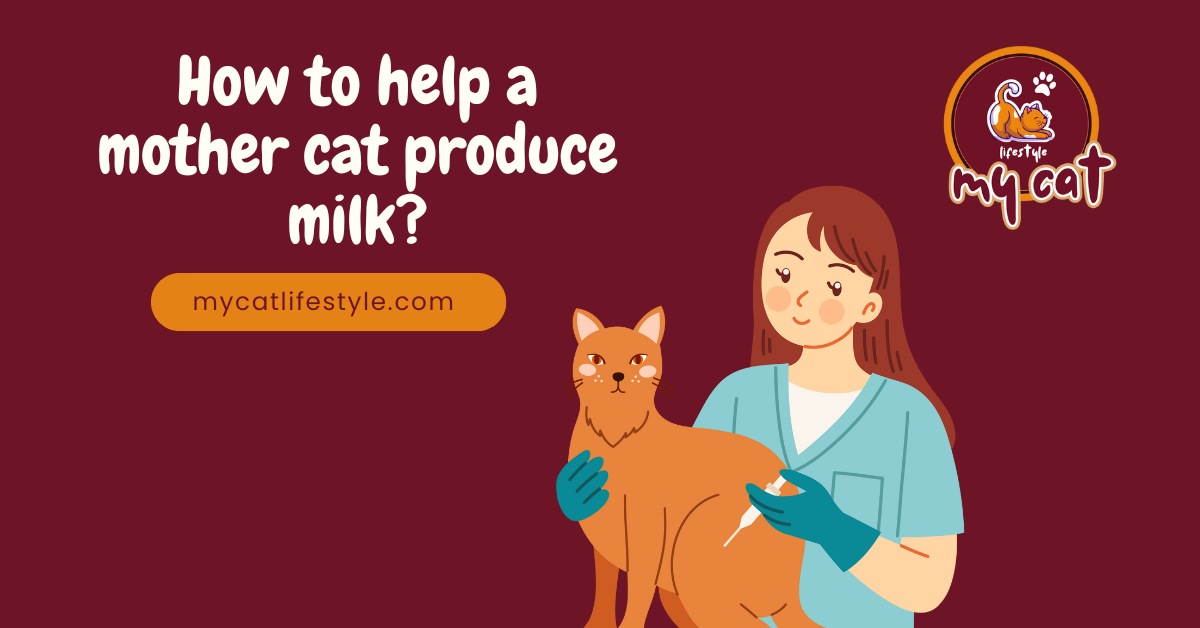
If your mother cat is producing some milk but not enough, or if she’s not producing any milk at all, there are several steps you can take to help improve her milk production. It’s also important to address any underlying issues impacting her ability to produce milk.
Dietary Considerations
Diet plays a critical role in milk production. Feeding your cat a formula designed specifically for lactating mothers is crucial. She will need approximately four times her normal calorie intake to meet the nutritional demands of her kittens. Ensure her diet includes a balanced mix of fats, proteins, vitamins, and minerals and a higher overall calorie count.
Hydration
Adequate water intake is essential. Make sure she has constant access to clean water. A cat fountain can help keep her water fresh and encourage frequent drinking. Since cats sometimes do not drink enough water, incorporating wet food into her diet can help increase her fluid intake. Wet food contains significantly more water than dry food. If she usually eats dry food, consider mixing it with wet food.
Supplementation
Adding goat milk to her diet can provide an extra boost of calories and vitamins. Goat milk is generally easy for cats to digest and can be diluted with water for easier consumption.
Managing Stress
Stress can significantly reduce a cat’s milk production. Provide a calm, stress-free environment for the mother and her kittens. She might also benefit from having a private space away from her kittens to rest and recuperate, as all mothers occasionally need a break.
Medication
Medication might be necessary if dietary adjustments and environmental management don’t suffice. Metoclopramide (Reglan) is a medication that can help increase milk production by enhancing dopamine levels in the brain and growing prolactin, the hormone responsible for milk production.
Treating Mastitis
Mastitis, an infection of the mammary glands, is common in nursing cats and can obstruct milk flow. Symptoms include swollen, hard, and hot breasts, often with blocked milk ducts. While mild cases can be managed with warm compresses, more severe infections require antibiotic treatment. Even if one or two nipples are affected, kittens can typically nurse from the remaining healthy nipples.
By addressing these factors, you can help ensure that your mother cat produces sufficient milk to support the healthy growth of her kittens.
FAQs on Mother Cats and Milk Production
How do I know if Mama Cat is producing milk?
You can determine if a mother cat is producing milk by observing her behavior and the behavior of her kittens. Signs of milk production include kittens spending a lot of time suckling, seeming satisfied and sleeping soundly after feeding. Additionally, the mother’s nipples might appear larger and occasionally leak milk.
How do I know if kittens are getting enough milk?
Kittens that are receiving enough milk will show several clear signs:
- Weight Gain: Healthy kittens should steadily gain weight, approximately 1.75-3.5 ounces per week.
- Activity Levels: Well-nourished kittens will be active and playful as they grow. They should also exhibit a good amount of sleep.
- Content Behavior: Kittens who fuss, cry frequently, or are restless may not get enough to eat.
What helps mom cats produce milk?
Several factors can enhance milk production in mother cats:
- Nutrition: Ensuring she eats a high-calorie diet formulated for lactation can significantly impact milk production.
- Hydration: Keeping the mother cat well-hydrated is crucial. Consider providing wet food along with constant access to fresh water.
- Reducing Stress: A calm, secure environment can help maintain her milk production.
- Physical Health: Address any health issues she may have, such as infections or hormonal imbalances, with the help of a veterinarian.
- Supplementation: In some cases, vets may recommend supplements or medications to help stimulate milk production.
What happens if the mother cat doesn’t have milk?
If a mother cat is unable to produce milk, it’s critical to take immediate steps to ensure the kittens’ survival:
- Bottle Feeding: You must bottle-feed the kittens with a suitable kitten formula, miming the nutritional profile of the mother’s milk.
- Frequent Feedings: Newborns must be fed every 2-3 hours, including through the night.
- Veterinary Support: Consult with a vet as soon as possible to determine the cause of the lack of milk and to get guidance on how to care for the kittens and possibly treat the mother.
In wrapping up
Figuring out whether Mama Cat keeps the milk bar open is simply not. First off, keep an eye on the little ones. If the kittens are often found at their mom’s side, happily latching on and afterward seem satisfied and snoozy, it’s a good bet she’s producing plenty of milk. Don’t forget to watch her, too; signs like slightly swollen and possibly leaking nipples are dead giveaways. Happy, plump kittens are the clearest sign of a well-stocked milk supply. If you’re ever in doubt, a quick chat with your vet can put your mind at ease. After all, it’s better to be safe than sorry about the health of these little furballs!
